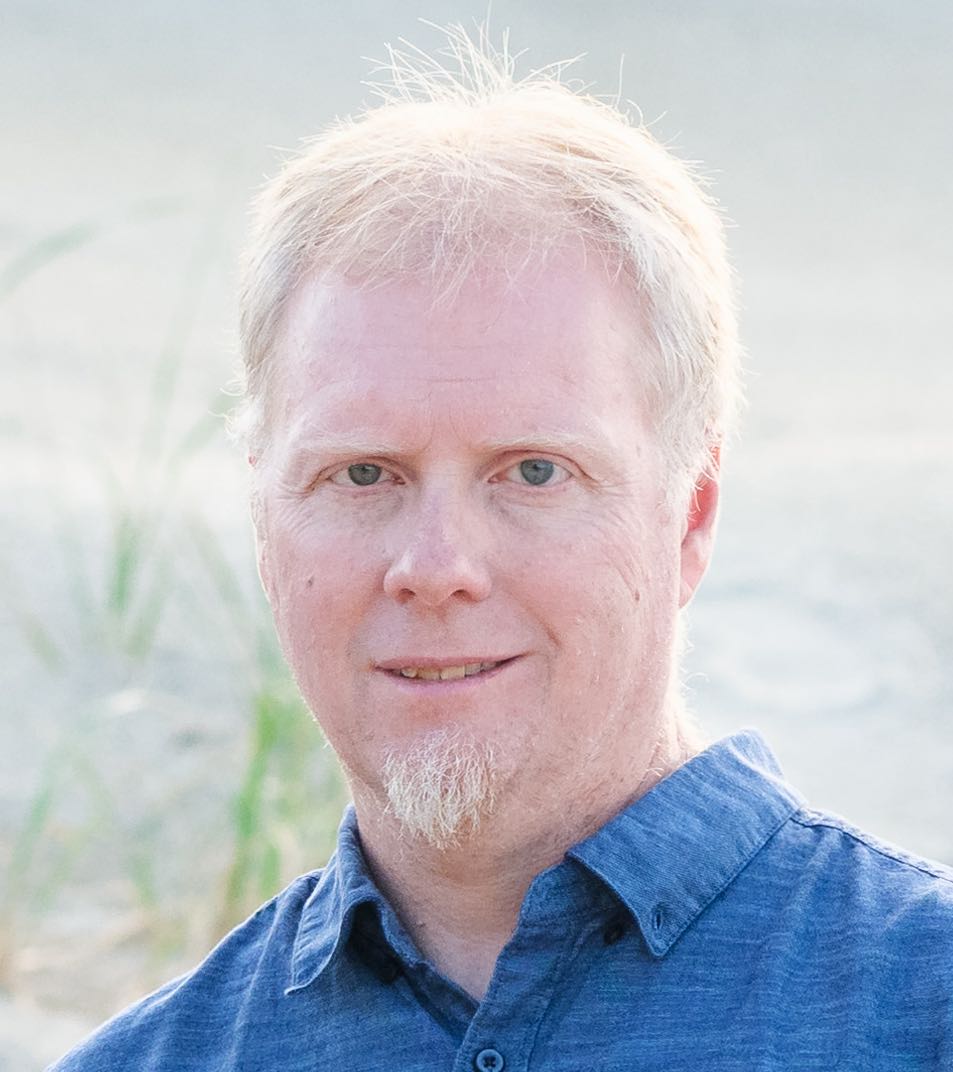 |
Srikanth Sundaresan, Amogh Dhamdhere, Mark Allman, kc claffy. TCP Congestion Signatures. ACM Internet Measurement Conference, November 2017.
PDF | Amogh's Slides
Abstract:
We develop and validate Internet path measurement techniques to
distinguish congestion experienced when a flow self-induces
congestion in the path from when a flow is affected by an
already congested path. One application of this technique is
for speed tests, when the user is affected by congestion either
in the last mile or in an interconnect link. This difference is
important because in the latter case, the user is constrained by
their service plan (i.e., what they are paying for), and in the
former case, they are constrained by forces outside of their
control. We exploit TCP congestion control dynamics to
distinguish these cases for Internet paths that are
predominantly TCP traffic. In TCP terms, we re-articulate the
question: was a TCP flow bottlenecked by an already congested
(possibly interconnect) link, or did it induce congestion in an
otherwise idle (possibly a last-mile) link?
TCP congestion control affects the round-trip time (RTT) of
packets within the flow (i.e., the flow RTT): an endpoint
sends packets at higher throughput, increasing the occupancy of
the bottleneck buffer, thereby increasing the RTT of packets in
the flow. We show that two simple, statistical metrics derived
from the flow RTT during the slow start period---its coefficient
of variation, and the normalized difference between the maximum
and minimum RTT---can robustly identify which type of congestion
the flow encounters. We use extensive controlled experiments to
demonstrate that our technique works with up to 90% accuracy.
We also evaluate our techniques using two unique real-world
datasets of TCP throughput measurements using Measurement Lab
data and the Ark platform. We find up to 99% accuracy in
detecting self-induced congestion, and up to 85% accuracy in
detecting external congestion. Our results can benefit
regulators of interconnection markets, content providers trying
to improve customer service, and users trying to understand
whether poor performance is something they can fix by upgrading
their service tier.
BibTeX:
@inproceedings{SDAC17,
author = "Srikanth Sundaresan and Amogh Dhamdhere and Mark Allman and kc claffy",
title = "{TCP Congestion Signatures}",
booktitle = "ACM SIGCOMM Internet Measurement Conference",
year = 2017,
month = Nov,
}
Srikanth wrote an APNIC
blog post that summarizes this work.
|
|
